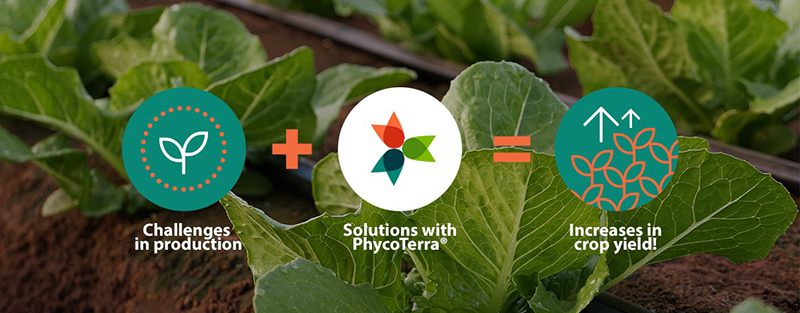New Citrus Fruit on the Front Burner for Team of Scientists
University of California, Riverside (UCR) scientists are betting an ancient solution will solve citrus growers’ biggest problem by breeding new fruits with natural resistance to a deadly tree disease.
The hybrid fruits will ideally share the best of their parents’ attributes: the tastiness of the best citrus, and the resistance to HLB, displayed by some Australian relatives of citrus.
There is no truly effective commercial treatment for HLB, also called citrus greening disease, which has destroyed orchards worldwide. The disease has already been detected in California, where 80% of the country’s fresh citrus is grown. However, it has not yet been detected in a commercial grove.
To prevent that from happening, USDA’s National Institute of Food and Agriculture has awarded a UC Riverside-led research team $4.67 million. Chandrika Ramadugu, a UCR botanist leading the project, helped identify microcitrus varieties with natural resistance to HLB about eight years ago.
“HLB is caused by bacteria, so many people are trying to control it with antimicrobial sprays,” Ramadugu said. “We want to incorporate resistance into the citrus trees themselves through breeding, to provide a more sustainable solution.”
Part of the challenge with this approach to solving the HLB problem is that it’s possible to breed hybrids that are resistant to the disease but don’t taste good, Ramadugu said. “Hence the need to generate a lot of hybrids and screen them for the ones that will be most ideal for the citrus industry.”
Microcitrus, such as the Australian finger lime, tends to have a sharper, more bitter taste than its relative citrus fruits, like oranges. The perfect cross will have just the right mix of genes to give it sweetness and HLB resistance.
Ramadugu’s team includes collaborators from Texas A&M University, the University of Florida, Washington State University, and USDA, as well as scientists from UC Riverside’s Department of Botany and Plant Sciences.
For more, continue reading at news.UCR.edu.









